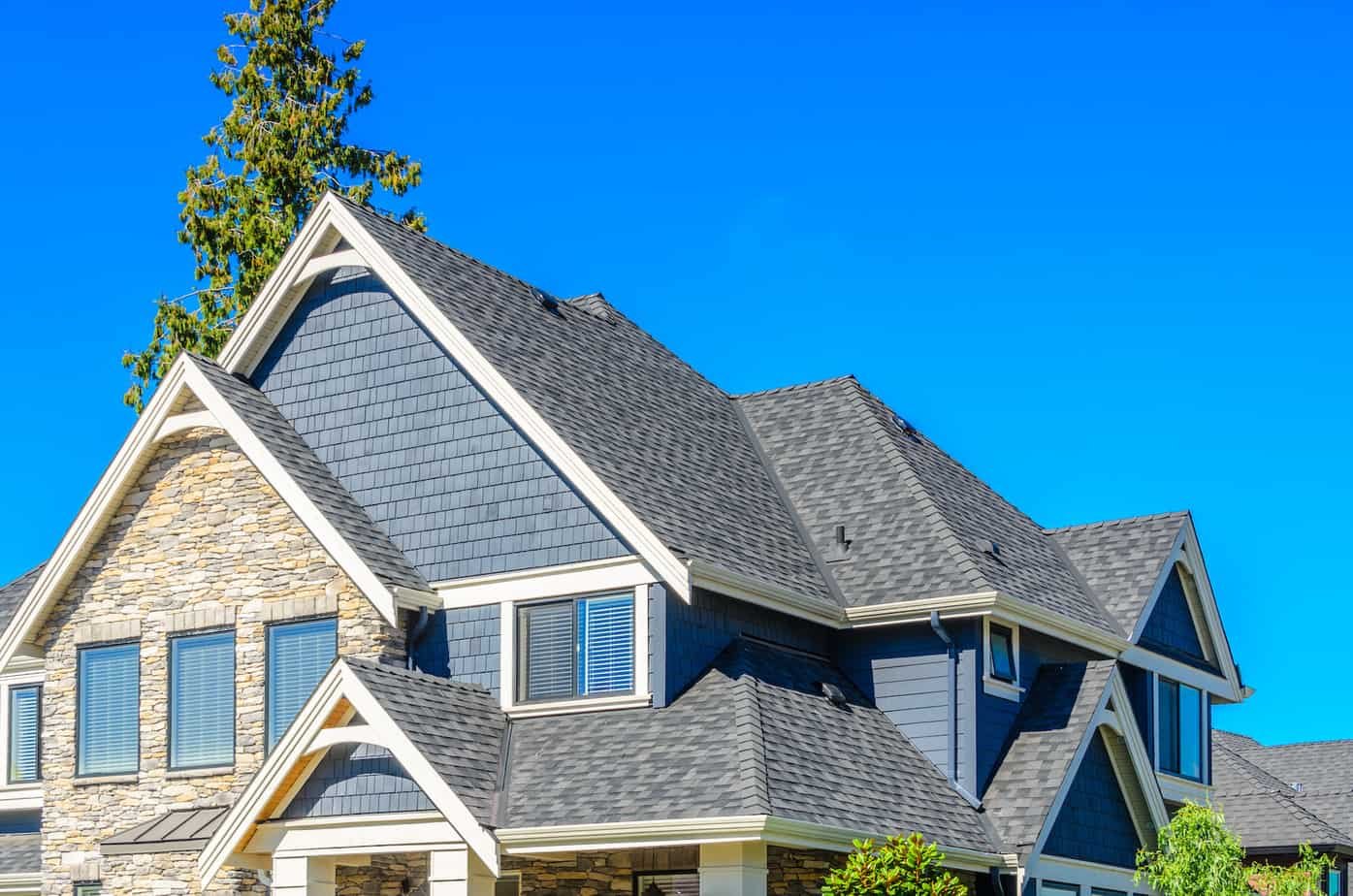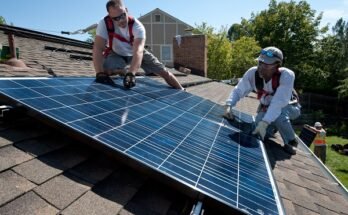Roofing trends refer to the evolving preferences and practices in the design, materials, and construction techniques used for residential and commercial roofs. These trends encompass a wide range of factors, including aesthetics, functionality, sustainability, and technological advancements.
Importance of Staying Updated
Staying updated with roofing trends is essential for homeowners, contractors, and architects alike. It ensures that properties remain in line with current design standards, energy efficiency requirements, and environmental considerations. Moreover, adopting modern roofing trends can enhance property value and curb appeal.

Modern Roofing Styles
Sustainable Roofing Materials
One of the prominent trends in roofing is the use of sustainable materials such as recycled shingles, metal roofing, and green roofs. These materials not only reduce environmental impact but also offer excellent durability and insulation properties.
Energy-Efficient Roofing Solutions
With a growing focus on energy conservation, roofing trends include the integration of solar panels, cool roofs, and reflective coatings. These solutions help reduce energy consumption, lower utility bills, and contribute to a greener environment.
Innovative Roofing Designs
Modern roofing designs combine functionality with aesthetics, incorporating elements like asymmetrical shapes, rooftop gardens, and integrated skylights. These designs not only enhance visual appeal but also provide unique living spaces and natural light.
Integration of Technology in Roofing
Advancements in technology have revolutionized the roofing industry, with trends such as smart roofs, remote monitoring systems, and automated maintenance protocols. These technologies improve roof performance, durability, and maintenance efficiency.
Roofing Materials
Eco-Friendly Materials
Eco-friendly roofing materials, such as clay tiles, wood shakes, and bamboo roofing, are gaining popularity due to their sustainability and natural beauty. These materials offer excellent insulation, longevity, and aesthetic versatility.
Durable Options
Durability is a key factor in roofing trends, with materials like asphalt shingles, metal roofing, and composite tiles providing long-lasting protection against weather elements and wear-and-tear.
Aesthetic Considerations
Apart from functionality, modern roofing trends focus on aesthetics, offering a wide range of colors, textures, and finishes to complement architectural styles and personal preferences.
Benefits
Increased Property Value
Investing in modern roofing trends can significantly increase the resale value of properties, attracting potential buyers with updated aesthetics, energy efficiency, and durability.
Enhanced Energy Efficiency
Energy-efficient roofing solutions reduce heat transfer, minimize air conditioning needs, and contribute to a comfortable indoor environment while lowering energy bills.
Improved Curb Appeal
Modern roofing styles and materials enhance curb appeal, making properties stand out in the real estate market and creating a positive first impression.
Challenges
Cost Considerations
While modern roofing trends offer numerous benefits, they can also come with higher upfront costs compared to traditional roofing materials. However, the long-term savings in energy bills and maintenance often outweigh the initial investment.
Installation Complexities
Certain roofing trends, such as green roofs or integrated solar panels, may require specialized installation techniques and expertise, adding complexity to the construction process.
FAQs
How often should roofing trends be updated?
It should ideally be updated every 10-15 years to ensure properties remain in line with current standards and technologies.
Are sustainable roofing materials costly?
While sustainable roofing materials may have higher initial costs, they offer long-term savings in energy bills and maintenance expenses.
Can roofing trends impact home insurance?
Its, especially those related to enhanced durability and energy efficiency, can positively impact home insurance rates by reducing risks and potential damages.
What factors should one consider when choosing roofing materials?
When choosing roofing materials, factors such as climate suitability, durability, maintenance requirements, energy efficiency, and aesthetic preferences should be considered.
Conclusion
In conclusion, roofing trends in 2023 reflect a dynamic blend of sustainability, technology, aesthetics, and functionality. Embracing these trends not only improves property value and energy efficiency but also contributes to a greener and more innovative built environment. As the roofing industry continues to evolve, staying informed and making informed choices can lead to long-term benefits for homeowners and communities.
Also, Reads More>>>Seamless Working Capital Solutions




